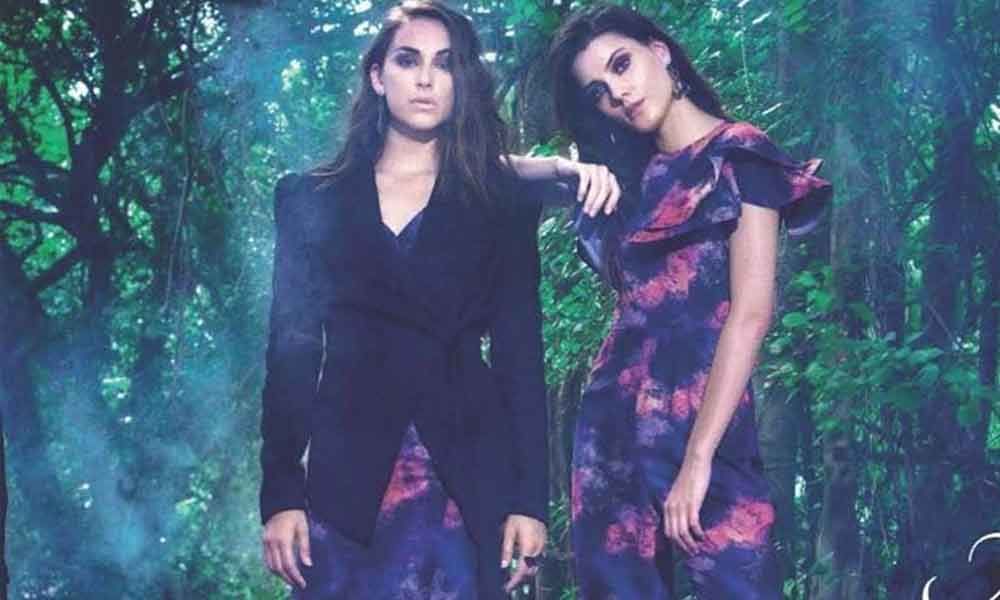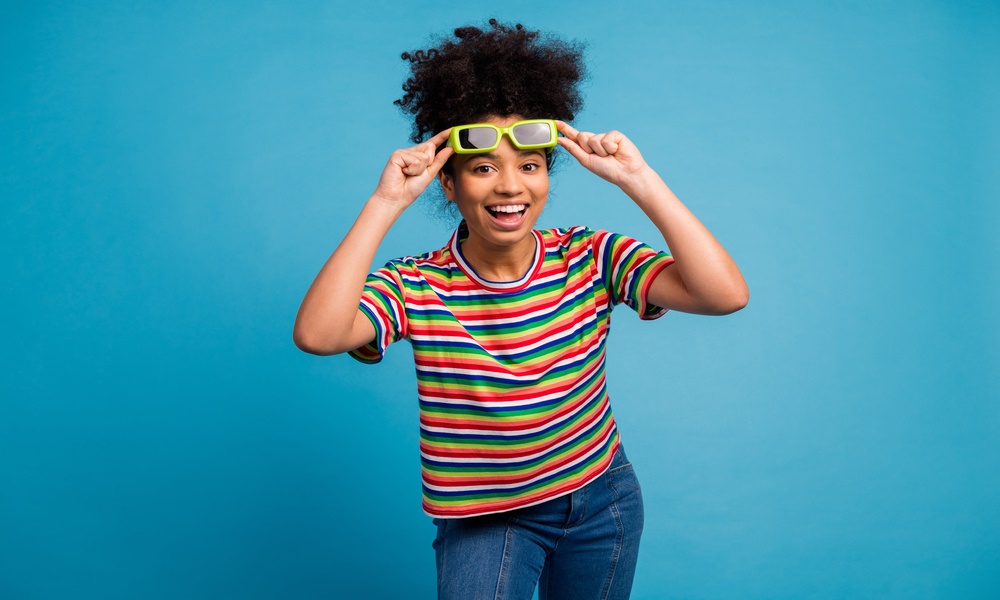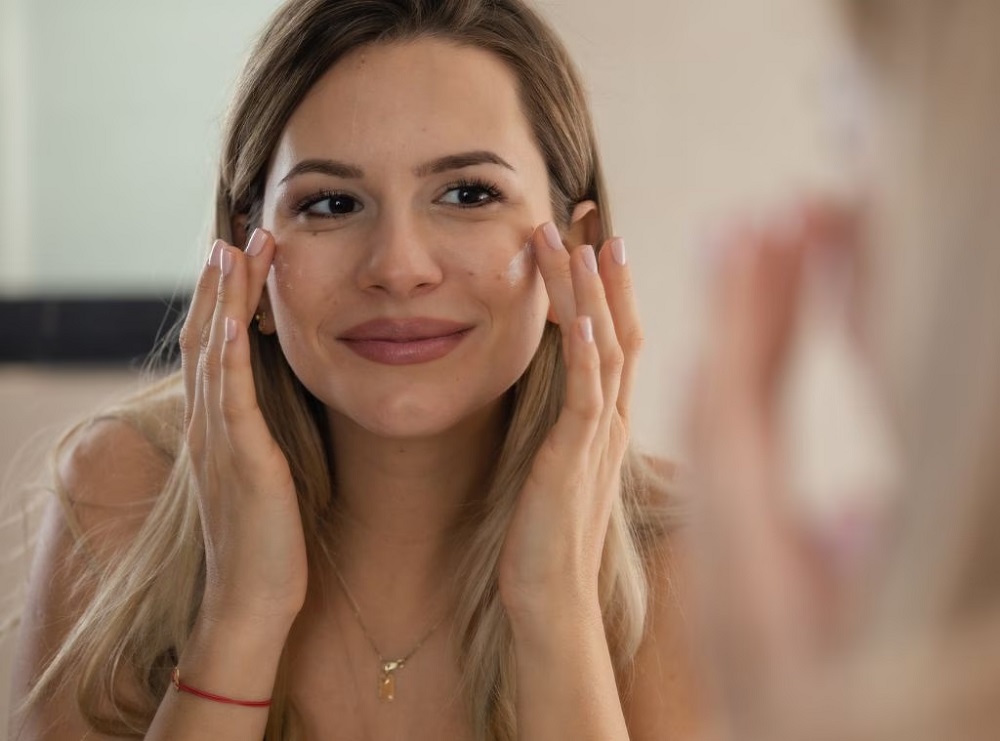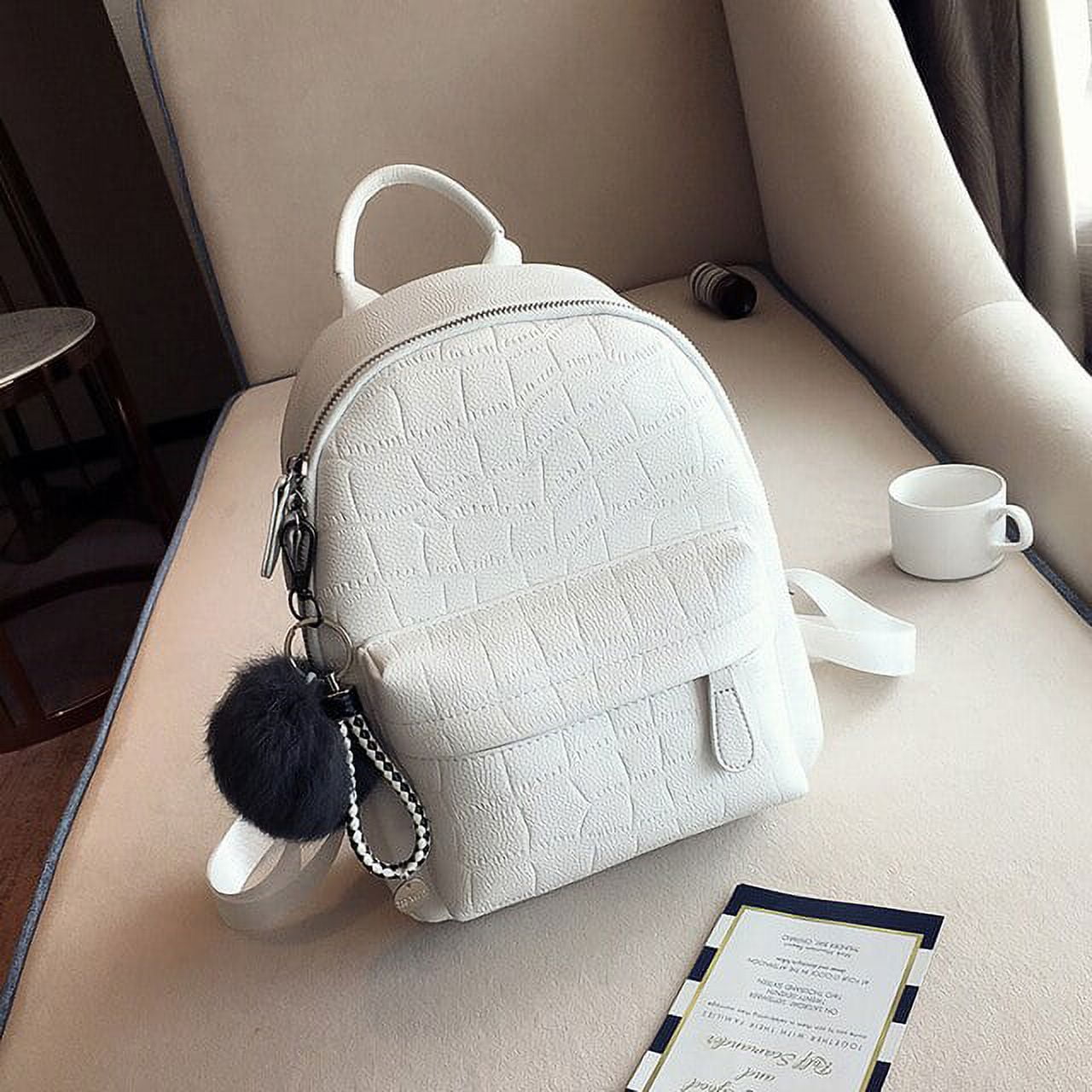Costume design has always played a crucial role in creating a character’s look and personality in films. It is not just about dressing up the actors, but the costumes also convey the storyline, setting, and time period of the film. Over the years, film costume designers have influenced and inspired the fashion industry, creating iconic looks that have become a part of popular culture.
The Power of Visual Storytelling
Fashion and film have always been interconnected, and costume designers have been instrumental in creating memorable looks that have stood the test of time. From Audrey Hepburn’s little black dress in “Breakfast at Tiffany’s” to Uma Thurman’s yellow jumpsuit in “Kill Bill,” iconic costumes have become part of the lexicon of popular culture.
The impact of costume design in film is far-reaching. It influences not only fashion but also the way we perceive characters, settings, and storylines. Costume design is a powerful tool in visual storytelling, conveying character traits, mood, and themes.
The Evolution of Fashion in Film
The evolution of fashion in film is a fascinating journey that spans over a century. From the elaborate costumes of period dramas to the minimalist looks of modern films, costume design has evolved with changing times and trends.
The 1920s saw the advent of silent films, which were characterized by opulent costumes that reflected the glamour and excess of the era. The 1930s and 1940s were marked by the influence of Hollywood’s Golden Age, with stars like Marilyn Monroe and Elizabeth Taylor setting fashion trends with their iconic looks.
The 1960s and 1970s saw a shift towards more casual and comfortable clothing, reflecting the changing social mores of the time. The 1980s were marked by the rise of power dressing, with films like “Working Girl” and “Wall Street” popularizing the shoulder pad trend.
In recent years, costume designers have embraced technology and innovation, using 3D printing and digital techniques to create intricate and complex costumes.
The Influence of Film on Fashion
The influence of film on fashion is undeniable. Iconic costumes have inspired fashion designers, leading to collaborations and partnerships between the two industries. For example, the iconic red dress worn by Julia Roberts in “Pretty Woman” inspired the now-famous red-soled shoes of Christian Louboutin.
The influence of film on fashion is not limited to high-end designers. High street brands often take inspiration from film costumes, creating affordable versions of iconic looks that are accessible to a wider audience.
The Future of Fashion in Film
The future of fashion in film is exciting, with costume designers exploring new materials, techniques, and styles. As the lines between fashion and film continue to blur, we can expect more collaborations and partnerships between the two industries.
The impact of costume design in film on popular style is significant, and it is a testament to the power of visual storytelling. As we continue to consume and enjoy films, we can expect to be inspired and influenced by the iconic costumes that have become a part of our cultural lexicon.




